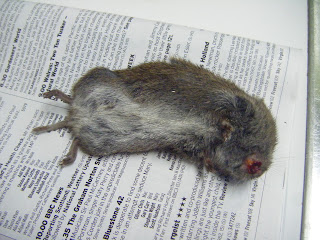Apo –what? Read on and you will have a new word to add your vocabulary. In a previous post I wrote a little about dandelions. It is fairly easy to name a plant as a dandelion but it is very tricky to identify the particular kind of dandelion or micro species. There are very few experts who can confirm an identification and act as referees. The main referee is the man called John Richards who wrote the definitive book on identifying UK dandelions.
One of my Christmas presents was a new book by John which is full of colour photographs should hopefully make it easier for us learners. The reason that dandelions are so hard to pin down is that there are hundreds of micro species with slightly different characteristics. These characteristics persist from generation to generation because dandelions can produce seed without being pollinated. This means that every seedling is a clone or identical genetic copy of its parent. The scientific name for being able to produce viable seed without pollination from another plant is called ..... apomixis.
Recent research using dandelions has discovered the gene that
allows apomixis. They have called it PAR which is short for parthenogenesis
which means virgin birth. Here is a quote explaining how it works:
Egg
cell fooled
A group from Wageningen University & Research was also
involved in the study and showed that the PAR gene is normally inactive in egg
cells. The PAR gene normally only becomes active in the egg cell after
fertilization, it then divides to create a plant embryo. In the egg cells of
dandelion plants that form seeds via apomixis, the PAR gene proved to be
switched ‘on’ prior to fertilization. In other words, these egg cells ‘think’
they are fertilized and start dividing without fertilization has taken place.
There is also a video here.
This bit of research might seem to have no practical application but in fact the ability to produce identical plants from seeds would be an agricultural goldmine. Gardeners among you know that buying F1 seed is expensive because each generation has to be produced by cross fertilising two different plants to produce the hybrid. If the hybrid plant was modified to contain the PAR gene then it could produce seeds that were identical to be original plant. Researchers have already managed it with sunflowers and lettuce However there are also drawbacks to having every plant identical as any diseases will attack all of them. All the bananas that we buy are actually the same genetically and there is a real risk of the worldwide population of the Cavendish banana being wiped out if a new disease takes hold.







































